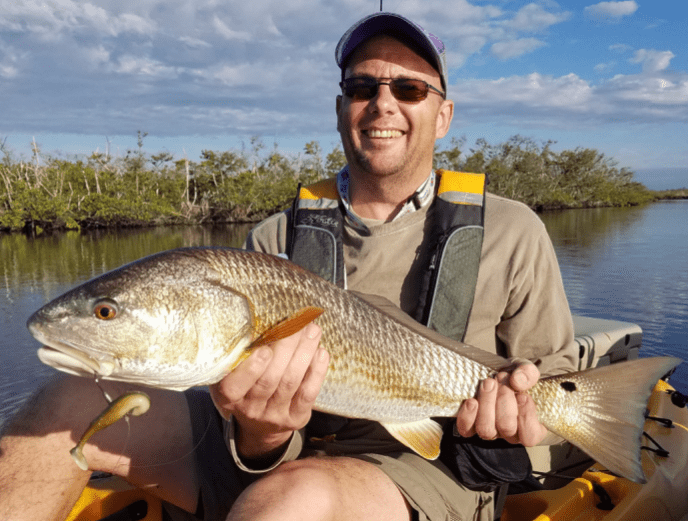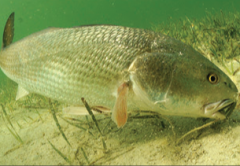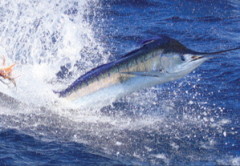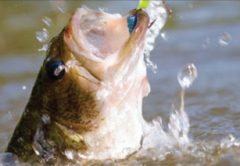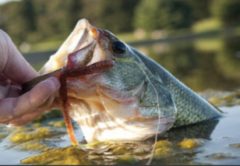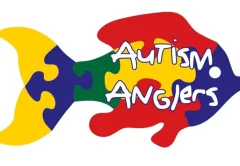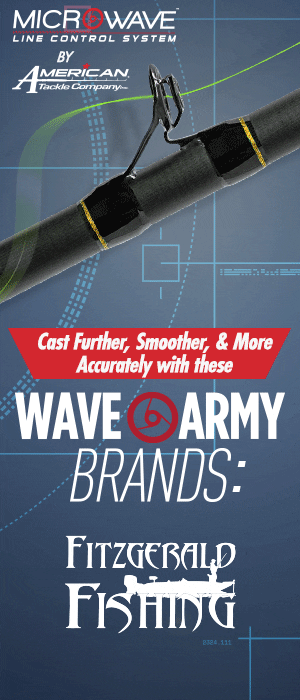February in central Florida is different than those north of this region. While there are fishing areas within a few hours drive north, those folks are still gripped in a winter pattern with only a glimmer of spring to hold out hope. We in the central part of the state typically enjoy a true start to spring in February with only brief brushes by cold fronts that have been weakened as they push east. Keeping in mind that March means wind for us, be sure you’re ready for those perfect February days that can happen with little notice.
On the fresh water front you can’t beat February into March for bedding bass. Calm days and cool clear water can put you in a sightfishing bonanza as bass move in and out of the shallow areas to bed. The ability to stand in your kayak will greatly help you take full advantage of this fishery. However, it is in no way a required ability. A slow approach to any sightfishing situation is necessary and can sometimes negate standing. Many times I say in seminars, “go a slow as YOU possibly can, then actually slowdown from there and fish”. Meaning most folks idea of working an area slow is way faster than I would fish it myself. A great pair of polarized sunglasses like RCIoptics.com and that slow approach will make you deadly at seeing everything in the water. With this type fishing (bedding bass) I suggest being very conscious of good catch and release practices including the location of catch and replacement. These bass are in a spawning mode so treat them with care and respect.
Since we have you all jazzed up on the sightfishing game. Let’s jump into the salty side with a trip to the Lagoons just east of Orlando. Though we don’t have much for season’s weather wise, the guides and anglers around the Space Coast live by fishing seasons. Summer tarpon, winter canal trout, fall mullet run, and many others can be thrown about. One of my favorite, late winter/early spring (Feb) – sightfishing for redfish! With a non-tidal Banana River Lagoon, Indian River Lagoon, and Mosquito Lagoon the water levels are driven by seasonal wind patterns. North winds of winter drop the water and South winds of summer raise the water. Of course, variables can add a little or take a little, but it is a yearly constant that doesn’t change. So, with the super low waters that have been cleared of many microorganisms due to the winter chill you are afforded the best conditions to visually see that redfish prior to casting. Artificial lures that land soft like the (SlayerInc. com) SST are great for this fishing, as is a live shrimp with a small weight to help cast if needed, or a fly rod. Again, you need to move across your target area very slow keeping your eyes peeled for any movement or sign of fish. It also helps to practice transferring from paddle/push pole to rod in hand and set for your cast before a massive redfish is 30 feet in front of you. “Buck fever” is real and it will make you fumble your gear like you have on oven mitts. Regardless of standing or sitting in your kayak be sure to make that cast quick and silent.

